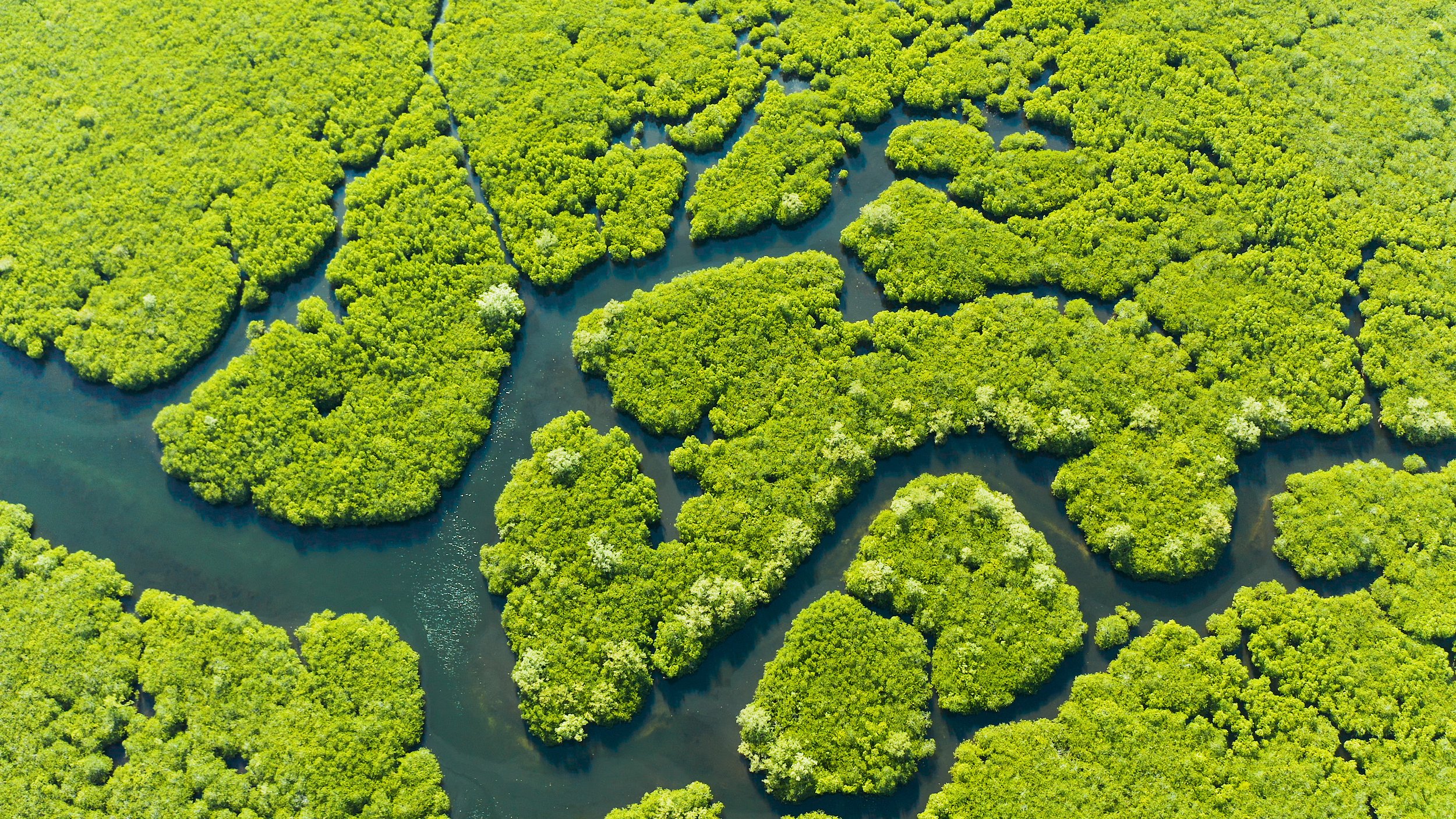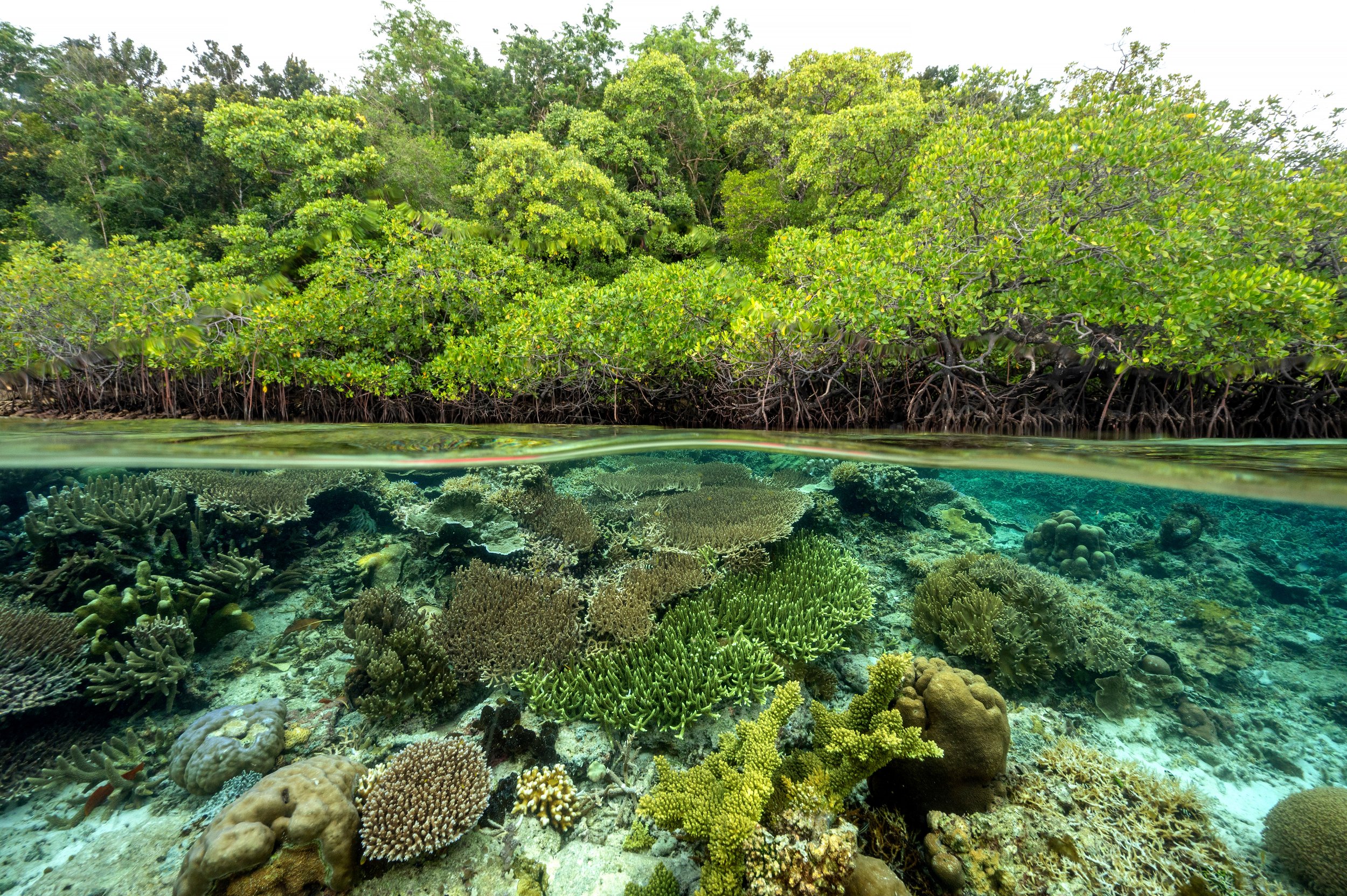
High Impact Mangrove Reforestation in one of the most biodiverse regions in the planet
Location: Indonesia
Start Date: 2022
ID: coming soon
Project Type: Mangrove Reforestation
Emissions Removed per year: 15,000 tCO2e
Area: 2,000 ha
Crediting Standard:
SDGs:
Overview
The Problem
In the last three decades, roughly 40% of Indonesia’s mangroves have been lost due to shrimp and fish aquaculture, leaving many former shrimp ponds abandoned and local communities with little access to economic opportunities. In North Sumatra 60% of the pristine mangroves have been lost due to aquaculture, putting coastal resilience, biodiversity, and wildlife habitats at enormous risk. Aquaculture isn’t the only culprit in the loss of mangroves; in the Aceh region, a substantial amount of its mangroves were lost due to a tsunami in 2004. The project will utilize the emerging National Registry System (SRN) and Verra the international certification agency.
Carbon Integrity Check
-
The project is verified by Gold Standard, one of the most respected standards in the world and audited by verification and validation bodies.
-
The project was solely created for the capture of carbon dioxide and the only revenue is the sale of VERs, therefore there are no additionality concerns.
-
The mangroves will be managed professionally for 40 years after which they will grow naturally eventually turning into a self sustaining marine ecosystem.
-
Leakage issues do not apply to this type of project.
-
For the certification process we use both samples from the mangrove forest and satellite monitoring to determine credit issuance eliminating the risk of over crediting.
-
The project does not cause any issues with competing land use but benefits local communities by providing additional income from initiatives such as fish farms.
Climate
The project leverages mangroves for their superior carbon sequestration capabilities, which range from 1000-2700 metric tons of carbon per hectare—significantly higher than the 200-500 metric tons stored by terrestrial forests. This contributes markedly to reducing atmospheric CO2 levels. Additionally, the restoration efforts bolster natural defenses against climate change by enhancing shoreline stabilization and improving water quality, which helps prevent an estimated 15-20% of potential shoreline erosion annually.
Community
The project is deeply rooted in community involvement, with over 70% of its planning and implementation stages incorporating local stakeholder engagement. It has created approximately 200 new jobs in the region, with a notable focus on gender equity—40% of these roles are occupied by women. The initiatives have also led to a 20% increase in local household incomes through improved fisheries and ecotourism opportunities. Additionally, the integration of local and indigenous knowledge ensures that the projects are tailored to meet specific community needs, fostering sustainable outcomes and empowering local populations.
Biodiversity
This initiative significantly enhances local biodiversity, supporting the ecological balance and economic health of the area. It increases biodiversity indices by 30-40% in restored mangrove areas compared to degraded zones. These ecosystems are vital for marine life, serving as nurseries that increase fish catch rates by up to 50% in adjacent communities, thereby bolstering food security and economic resilience.
mangrove forests have been drastically reduced due to conversion into oil palm plantations, rice fields, and aquaculture. This deforestation has profoundly affected the local ecosystem, especially impacting migratory shorebirds. The region, once home to diverse habitats including marshes and mangrove forests, recorded a dramatic decrease in shorebird populations, from 10,687 individuals in less disturbed wetlands to fewer than 100 in areas near human activities. This habitat loss poses severe threats to 30 different migratory species observed in the area, including several endangered and critically endangered birds. The degradation of these mangrove buffers not only diminishes biodiversity but also disrupts essential ecological functions such as feeding and roosting zones for migratory birds.



















